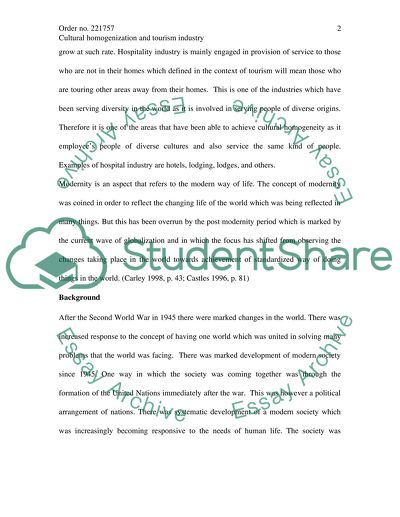Cite this document
(“Cultural Homogenisation Essay Example | Topics and Well Written Essays - 2250 words”, n.d.)
Retrieved from https://studentshare.org/miscellaneous/1514615-cultural-homogenisation
Retrieved from https://studentshare.org/miscellaneous/1514615-cultural-homogenisation
(Cultural Homogenisation Essay Example | Topics and Well Written Essays - 2250 Words)
https://studentshare.org/miscellaneous/1514615-cultural-homogenisation.
https://studentshare.org/miscellaneous/1514615-cultural-homogenisation.
“Cultural Homogenisation Essay Example | Topics and Well Written Essays - 2250 Words”, n.d. https://studentshare.org/miscellaneous/1514615-cultural-homogenisation.


